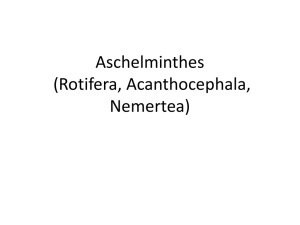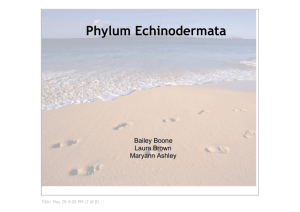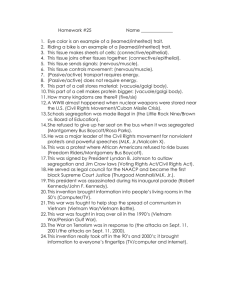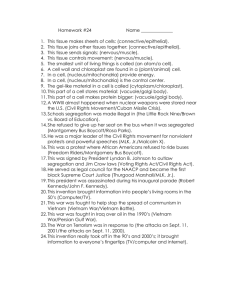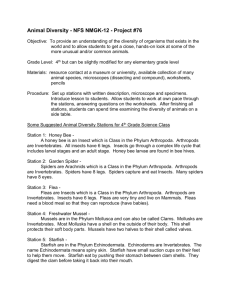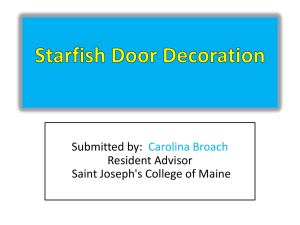Cell Structure
advertisement
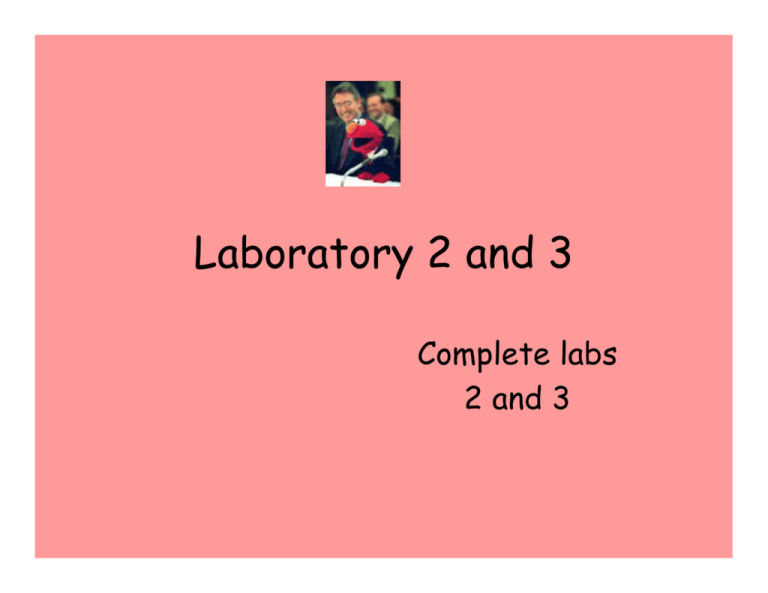
Laboratory 2 and 3 Complete labs 2 and 3 Objectives • Not doing everything • Prepare a wet mount of an epithelial cheek cell and sketch it. Be sure to spread cells out. Locate cytoplasm, nucleus, membrane • Saturate slide with methylene blue. Sketch it Objectives • Answer questions on page 16 • View seastar egg, Amphiuma liver, golgi, and mitochondria • Omit mitosis and meiosis • Proceed to Exercise 3B Objectives • Answer questions on page 16 • View seastar egg, Amphiuma liver, golgi, and mitochondria • Omit mitosis and meiosis • Proceed to Exercise 3B Cheek cells Liver Amphiuma Human Golgi Mitochondria Cerebratulus An example of spiral clevage from the Phylum Nemertea Cerebratulus • Phylum Nemertea: Ribbon worms • Mostly marine, known for their proboscis • Excellent example of spiral clevage • Similar to platyhelmithes but mostly dioecious • Pilidium larvae • Acoelomate,bilateral Cerebratulus Proboscius everted from Rhyncocoel Feeding and Defense Rhynchocoel an extendable proboscis that lies in a sheath. muscular pressure on fluid filled cavity everts muscles retract it Cerebratulus Locomotion use a combination of musculature and cilia Can use stylet (from proboscius) to attach and draw body forward Circulation closed system, pumping achieved by muscular contraction Cerebratulus Cerebratulus Nervous system brain connected to a series of longitudinal nerves that extend posteriorly ocelli, tactile papillae, sensory pits and grooves Cerebratulus Reproduction and Development Dioecious, discharging both sperm and eggs into the water. Determinate, spiral clevage Pilidium larvae dorsal spike of fused cilia Cerebratulus Asterias • An example of Radial clevage from the Phylum Echinodermata Starfish development Starfish development Starfish development Laboratory 4 • Histology! Epithelial Tissues Simple columnar Epithelial Tissues Ciliated stratified columnar Epithelial Tissues Simple cuboidal
